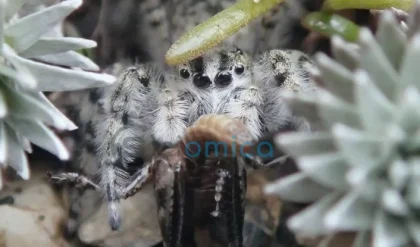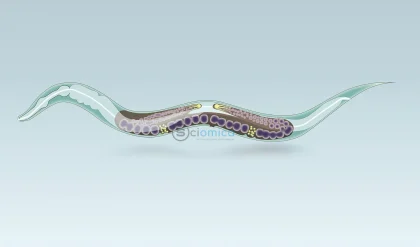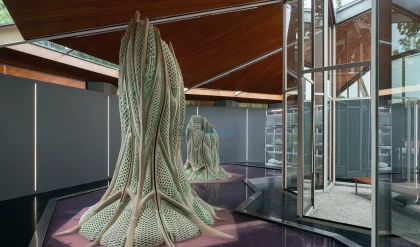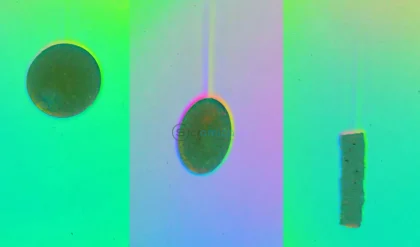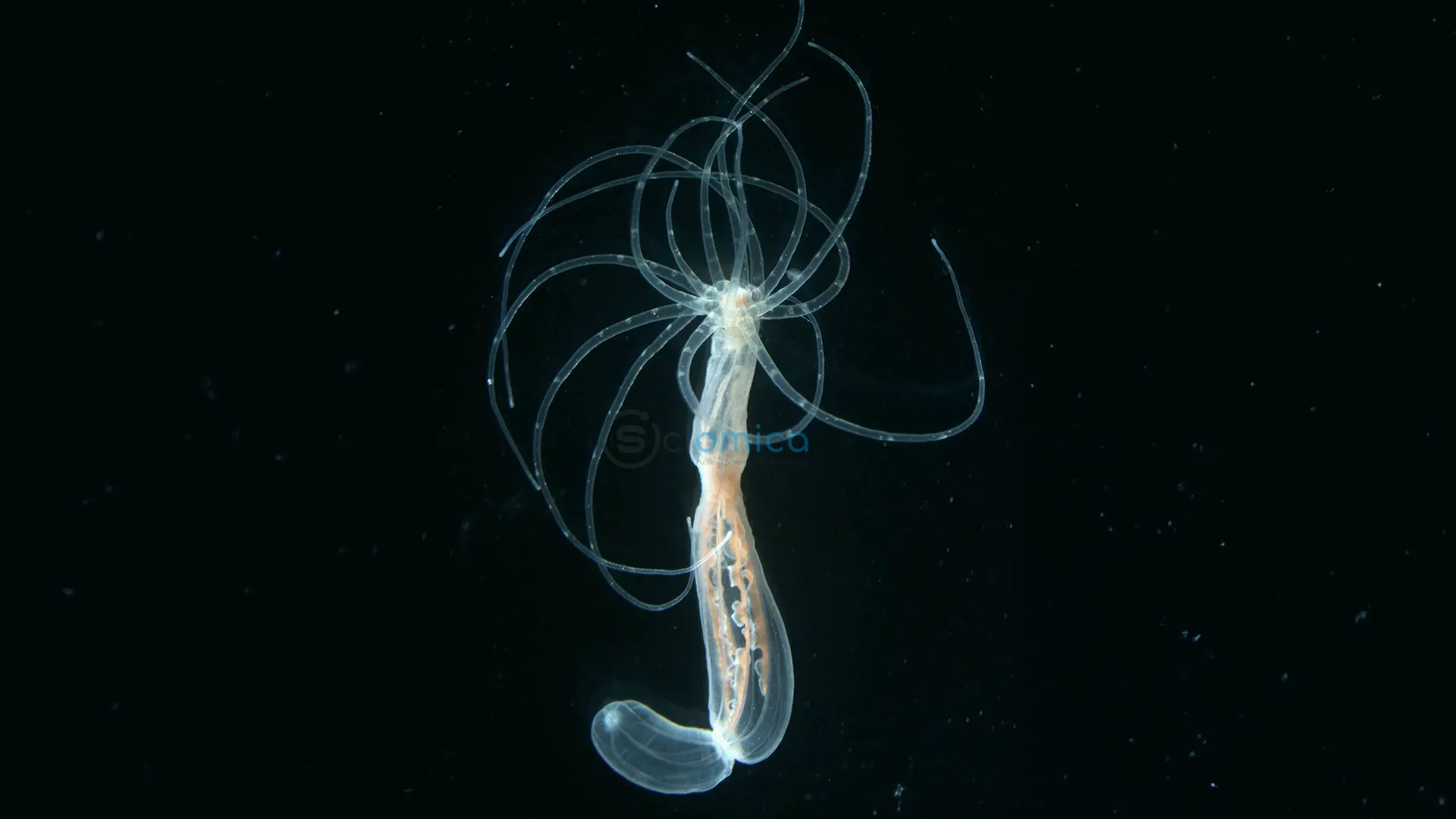
A groundbreaking study from the University of Vienna has unveiled that sea anemones utilize a molecular mechanism, previously recognized in bilaterian animals, to establish their back-to-belly body axis. This mechanism, referred to as “BMP shuttling,” allows cells to organize themselves during developmental stages by responding to varying signaling gradients. The study, published in the journal Science Advances, posits that this mechanism likely evolved much earlier than once thought and was present in the common ancestor of both cnidarians and bilaterians.
Bilateral symmetry, which includes a clear head and tail, back and belly, and left and right sides, characterizes most animals. This trait is emblematic of the expansive group known as Bilateria, encompassing a diverse array of creatures such as vertebrates, insects, mollusks, and worms. In contrast, cnidarians—which include jellyfish and sea anemones—have typically been classified as radially symmetric organisms. Yet, this classification does not entirely capture the nature of sea anemones. Although they appear radially symmetric, they exhibit bilateral symmetry at the gene expression level during embryonic development and later in their adult anatomy. This raises an intriguing evolutionary question: did bilateral symmetry originate in the common ancestor of both Bilateria and Cnidaria, or did it develop independently across various animal lineages? Researchers from the University of Vienna sought to investigate this question by examining the presence of BMP shuttling, a fundamental developmental mechanism, in cnidarians.
In bilaterian organisms, the establishment of the back-to-belly axis is guided by a signaling system that includes Bone Morphogenetic Proteins (BMPs) and their inhibitor, Chordin. BMPs function as molecular messengers, directing embryonic cells on their location and the type of tissue they should develop into. In bilaterian embryos, Chordin binds to BMPs to inhibit their activity—a process termed “local inhibition.” Additionally, in some, but not all bilaterian embryonic models, Chordin is capable of transporting bound BMPs to diverse regions of the embryo. This form of transport is referred to as BMP shuttling. Various evolutionary distant species, such as sea urchins, flies, and frogs, utilize BMP shuttling; however, it had remained unclear whether these mechanisms evolved independently or were inherited from a common ancestor approximately 600 million years ago. Both local inhibition and BMP shuttling contribute to creating a gradient of BMP activity across the embryo. Cells respond to this gradient, adopting different developmental fates depending on BMP levels.
To investigate whether sea anemones employ Chordin as a local inhibitor or as a shuttle, researchers first inhibited Chordin production in the embryos of a model sea anemone, Nematostella vectensis. Unlike bilaterians, BMP signaling in Nematostella relies on the presence of Chordin. When Chordin was blocked, BMP signaling ceased, leading to the failure of the second body axis formation. Researchers then reintroduced Chordin in a localized area of the embryo to determine if it could restore axis formation. The experiments revealed that only the diffusible form of Chordin could reinstate BMP signaling at a distance from its source, confirming that Chordin functions as a BMP shuttle in sea anemones.
The study’s findings imply that BMP shuttling is not only present in both cnidarians and bilaterians but likely predates their evolutionary split around 600-700 million years ago. “This suggests a shared strategy that has endured through over 600 million years of evolution,” says David Mörsdorf, the study’s first author. While it remains possible that bilaterians and bilaterally symmetric cnidarians evolved their body plans independently, the findings indicate that their last common ancestor may have been bilaterally symmetric and utilized Chordin for BMP shuttling to form its back-to-belly axis. The researchers’ results present exciting prospects for new insights into how early animal body plans evolved.
Reference:
- David Mörsdorf, Maria Mandela Prünster, Paul Knabl, Grigory Genikhovich. Chordin-mediated BMP shuttling patterns the secondary body axis in a cnidarian. Science Advances, 2025; 11 (24) DOI: 10.1126/sciadv.adu6347


